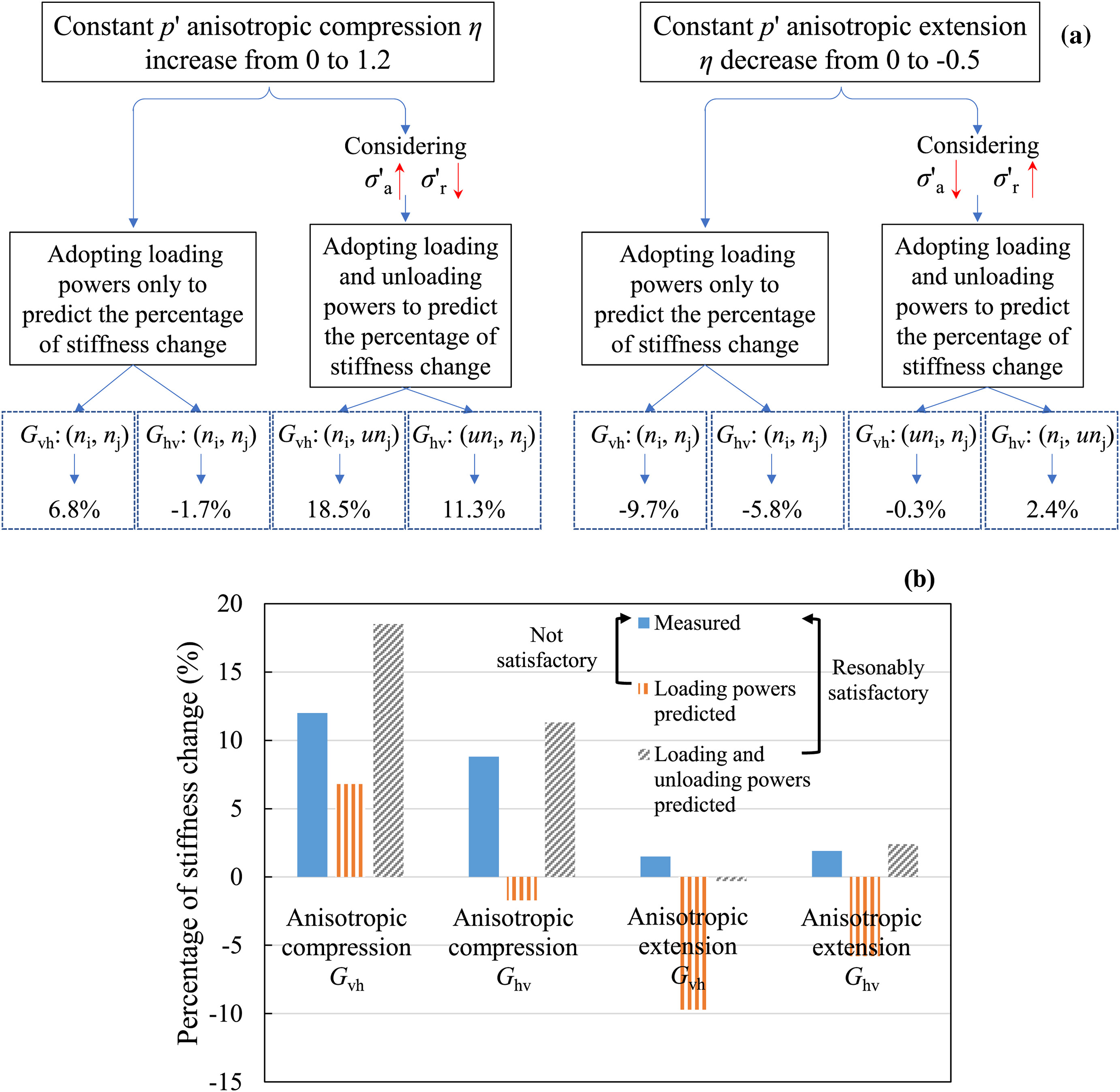JRMGE / Vol 14 / Issue 1
Influence of anisotropic stress path and stress history on stiffness of calcareous sands from Western Australia and the Philippines
Huan He, Siyue Li, Kostas Senetakis, Matthew Richard Coop, Songyu Liu
Show More
a Institute of Geotechnical Engineering, Southeast University, Nanjing, 210096, China
b Department of Architecture and Civil Engineering, City University of Hong Kong, Kowloon, Hong Kong, China
c Department of Architecture and Civil Engineering, Yeung Kin Man Academic Building, Blue Zone 6/F, City University of Hong Kong, Kowloon, Hong Kong, China
d Department of Civil, Environmental and Geomatic Engineering, University College London, London, UK
2022, 14(1): 197-209. doi:10.1016/j.jrmge.2021.03.015
Received: 2021-01-11 / Revised: 2021-02-24 / Accepted: 2021-03-31 / Available online: 2021-06-24
2022, 14(1): 197-209.
doi:10.1016/j.jrmge.2021.03.015
Received: 2021-01-11
Revised: 2021-02-24
Accepted: 2021-03-31
Available online: 2021-06-24
Investigation of dynamic properties of carbonate/calcareous soils is important in earthquake and offshore engineering as these soils are commonly encountered in large-scale projects related with energy geomechanics and land reclamation. In this study, the stiffness and stiffness anisotropy of two types of calcareous sands (CS) from the Western Australia and the Philippines were examined using bender elements configured in different directions in stress path setups. Stiffness measurements were taken on specimens subjected to constant p′ compression/extension and biaxial stress paths and additional tests were performed on three types of silica sands with different geological origins and particle shapes, which were used as benchmark materials in the study. Compared with the three brands of silica sands, the stiffness of the CS was found to be more significantly influenced by anisotropic loading; an important observation of the experimental results was that stress anisotropy had different weighted influences on the stiffness in different directions, thus influencing stiffness anisotropy. Comparisons were made between the specimens subjected to complex loading paths, and respected model parameters as suggested from published expressions in the literature. These comparisons further highlighted that calcareous soils have different responses in terms of stiffness, stiffness anisotropy and loading history, compared with that of silica-based sands.
Keywords: Calcareous soils, Dynamic properties, Shear stiffness, Stress anisotropy, Stress history
Show Figure(s)
Supplementary Material
Share and Cite
Huan He, Siyue Li, Kostas Senetakis, Matthew Richard Coop, Songyu Liu, 2022. Influence of anisotropic stress path and stress history on stiffness of calcareous sands from Western Australia and the Philippines. J. Rock Mech. Geotech. Eng. 14 (1), 197-209.
Article Data
Author(s) Information
Huan He

Associate Prof. Huan He received his PhD at the University of New South Wales (Australia) in 2018 and worked as a postdoctoral researcher at City University of Hong Kong before joining Southeast University (China) in 2020. He has been committed to experimental and theoretical research on the dynamics and micromechanics of geomaterials. His research is focused on the dynamic characteristics of natural/artificial crushable granular materials, such as calcareous sands, extrusive igneous rocks and recycled concrete aggregates, through bender/extender element and resonant column testing techniques and tribological-based analyses. In order to bridge the gap between macro- and micro-scale soil mechanics, he designed and built a dynamic micromechanical testing apparatus, with which, new insights into the fundamental behaviour of granular materials and rocks as well as composite interfaces have been revealed. He has published around 20 technical papers in international journals and has received the outstanding reviewer award from the journal Soils and Foundations.

